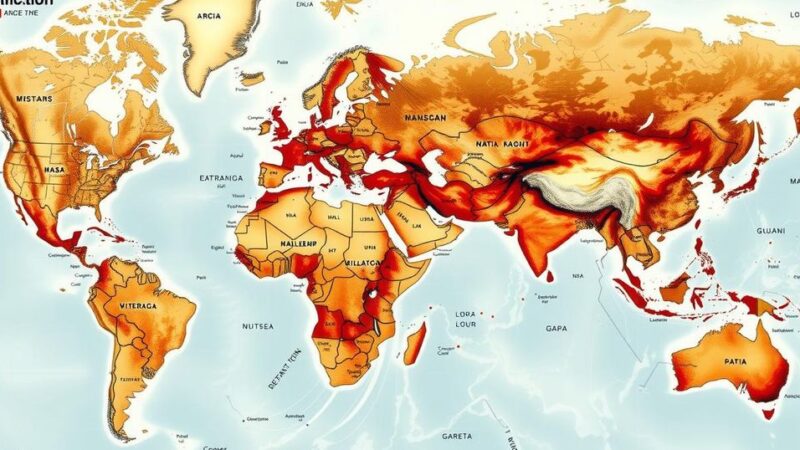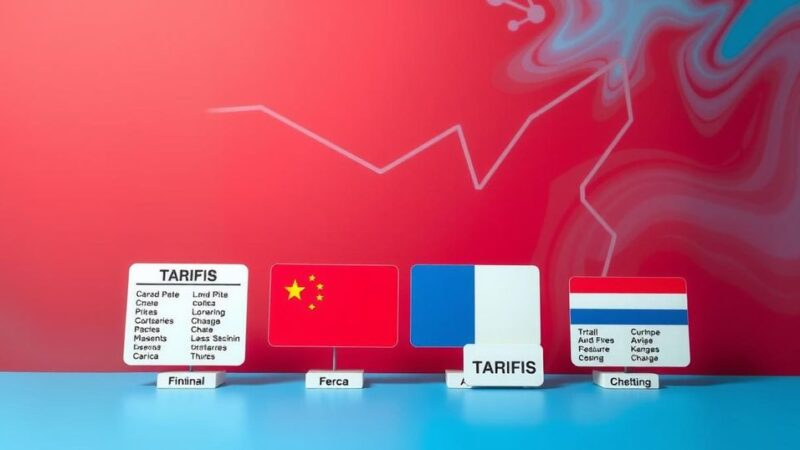On March 29, 2025, Syria’s interim President Ahmed al-Sharaa announced a new transitional government heavily comprising close allies, including Hind Kabawat as the first female minister. This formation follows the overthrow of Bashar al-Assad and aims to ensure minority protections amid ongoing sectarian tensions. Despite advancements, experts raise concerns over the concentration of power and the government’s inclusivity.
On March 29, 2025, Syria’s interim President Ahmed al-Sharaa announced a new transitional government led predominantly by close allies and featuring one female minister. This development replaces the caretaker authority established post-Bashar al-Assad’s removal, as the nation aims to rebuild following a protracted civil conflict that lasted 14 years and culminated on December 8.
In this new cabinet, key positions have been retained by notable allies, with Assaad al-Shaibani continuing as Foreign Minister and Murhaf Abu Qasra as Defence Minister. Noteworthy is the appointment of Anas Khattab, head of general intelligence, as the interior minister. Additionally, Hind Kabawat, a veteran opposition figure and member of Syria’s Christian community, has made history as the first female appointee by Sharaa, taking the role of minister for social affairs and labor.
The new government also includes Raed al-Saleh, leader of the White Helmets, who was appointed as minister of emergency situations and disasters. In light of recent conflicts between factions associated with the Alawite community and Sunni rebels, the Islamist-led authority has pledged to safeguard minority communities in Syria.
A caretaker government, appointed in December under Mohammad al-Bashir, was tasked with leading until this new cabinet was formed, initially slated for announcement on March 1. Ahmed al-Sharaa, who leads the Islamist group Hayat Tahrir al-Sham, was instated as interim president in late January 2025. Following this, Sharaa enacted a constitutional declaration outlining a five-year transitional period for the nation.
However, concerns have been raised by experts and human rights organizations regarding the power concentration under Sharaa’s administration and the perceived insufficiency of protections for minorities within the new government framework.
In summary, the emergence of Syria’s new transitional government, led by President Ahmed al-Sharaa, marks a significant shift following the end of a long-standing regime. While steering towards political reconstruction and minority protection, the concentration of power and the composition of the cabinet invite scrutiny. The international community will likely continue advocating for a more inclusive approach to Syria’s governance as it progresses into this transitional period.
Original Source: www.thehindu.com






